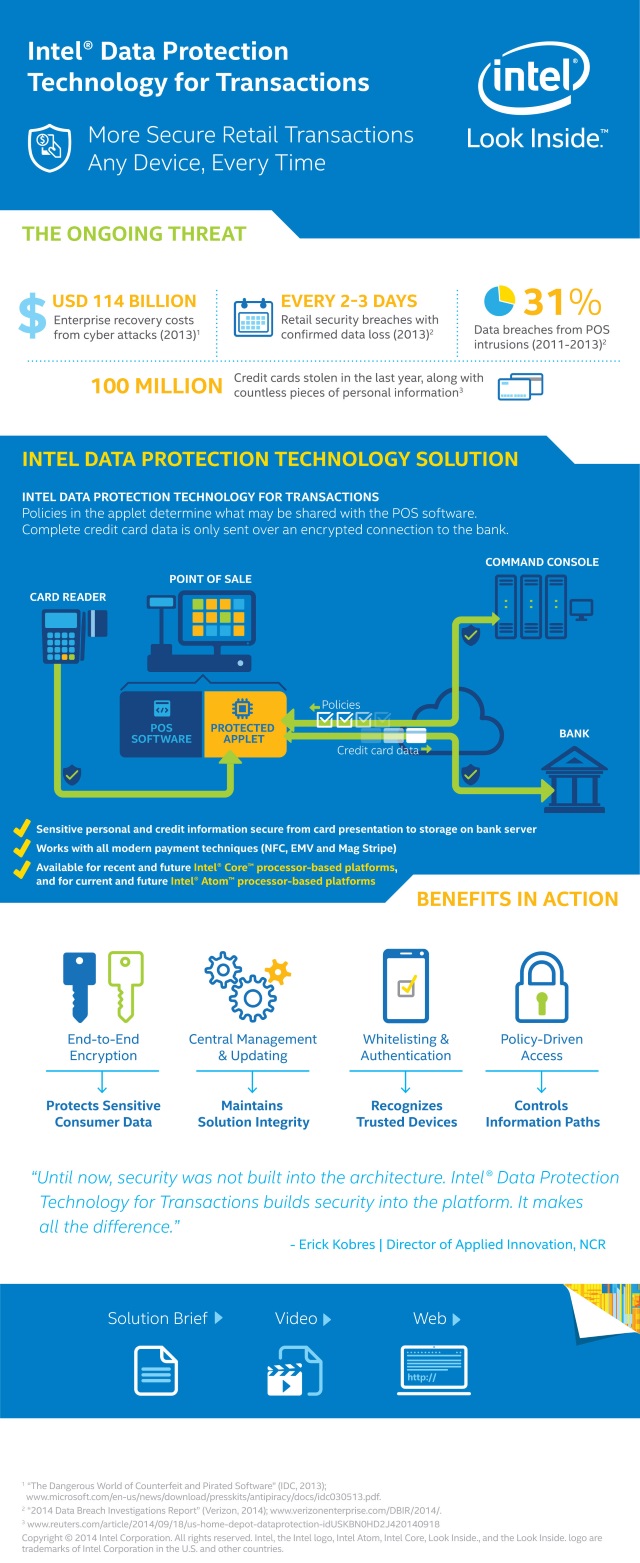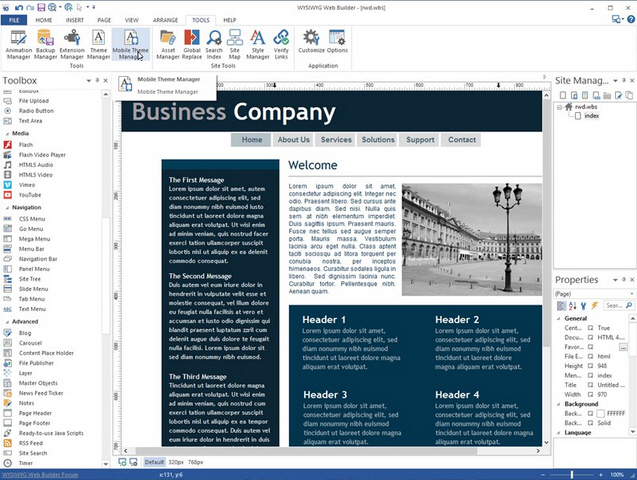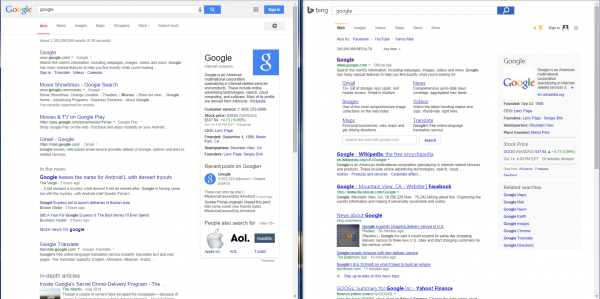
Since the global recession, many businesses have struggled to recover. For those that have survived, there are several areas where improvements must be made and belts must be tightened in order to ensure the business gets back to, and exceeds, 2007 levels of profitability and success.
There are several areas which businesses struggle with today, such as cutting costs, increasing efficiencies, and satisfying clients and employees. The adoption of enterprise cloud collaboration software can help businesses to address these issues and ensure that they stay strong and grow increasingly successful. Here are four areas where enterprise cloud collaboration software can help businesses improve and ensure they stay afloat during the tough times.
1. It saves money and increases efficiency
An enterprise cloud collaboration platform is ultimately designed to make people work more efficiently. An integrated platform will encompass several business solutions into one, acting as a complete portal for work of all kinds.
Combining project management, intranets, external collaboration and file sharing in one platform, along with solutions for data management and transactional requirements, means that everything is held together in one system. There’s no confusion about where information is stored; there’s no need for time-consuming training on multiple platforms; no issues with integration as all the solutions are part of the same system.
Centralizing all of this in one place means that everyone in the business has access to this repository of information. There is clear visibility about where they’re at with different projects, connects team members, and enables team members to communicate in a frictionless way.
Enterprise cloud collaboration platforms also enable people to work from anywhere on any device, helping them to work from their smartphone or tablet from anywhere, not just the office but from home, clients’ offices, or on the move.
2. It helps businesses work more easily with external parties and clients
Working with external parties can be problematic, and extends beyond simply sharing files with people outside the organization. The trouble lies in how to work with customers, consultants, partners, anyone who don’t have access to internal systems, such as the intranet or collaboration platform.
Most organizations will have an internal collaboration platform of some sort, whether that’s SharePoint or something else, but opening it up to external users can be extremely difficult. Without a simple solution, people drop back to using email or other systems that are not effective or secure.
Share information and work more freely with clients by using an enterprise collaboration platform as an extranet. Clients will like being able to access all the information they require in one secure space, and they will appreciate the openness that the business offers them. Allow clients to access their own billing information in the system, and gain access to any information or documentation relating to their account.
What’s more, a unified collaboration solution can give people the ability to work in one place, blurring the lines between internal "intranet" work and external “extranet” work. Staff internally can work just as easily with customers as they could with colleagues. They don’t need to context switch between an intranet and an extranet, which improves efficiency and makes them more productive.
3. It helps promote openness and integrity in the business
Working social is about emphasizing people and connections. Instead of pivoting around data, files or information, social businesses pivot around people. It means making sure everything that is created is connected to a person, and people can see and connect with each other freely and easily.
Also, this means that everything is out in the open for all employees to see. This kind of transparency is good as it develops a deeper level of trust and investment in an organization among the employees.
It is important to note, however, that permissions can be set which can limit access to confidential files, and an individual’s activity is only visible to colleagues with access to the same sites.
Working in the open encourages productivity as people are motivated to work harder by the sense that their work is visible and colleagues are interested enough to look at it. Team collaboration is aided by working transparently and in one place, which allows colleagues to work together on ideas and documents. And knowledge can be easily shared throughout a company without any additional effort involved.
4. It inspires innovation and enables you to share ideas
An enterprise cloud collaboration platform with social networking built in enables colleagues to share knowledge and best practices, breaking down organizational or hierarchical boundaries, work in the open, and gain a peripheral vision of what’s going on around the organization.
Prevent knowledge or information from getting trapped in silos (such as inboxes and shared drives) where it’s hard to discover it in the future.
When organizations are using an innately social system to manage projects, share files, collaborate with one another, they are inherently sharing that knowledge and making sure that it’s being captured and shared across the organization. With access to this knowledge, innovation is encouraged. When people are exposed to new ideas and stimulating information, they gain new ideas instead of solving the same problems over and over again.
And this is key to being a successful, ever-growing business.
Photo Credit: Pressmaster/Shutterstock
 Susanna James is Copywriter and Marketing Executive at HighQ. She specializes in social business and content marketing. Her expertise lies in helping companies streamline the way they work and improving how they collaborate through enterprise technologies and social tools.
Susanna James is Copywriter and Marketing Executive at HighQ. She specializes in social business and content marketing. Her expertise lies in helping companies streamline the way they work and improving how they collaborate through enterprise technologies and social tools.









 At the moment I'm taking a lot of flak from privacy people on the Internet, because I want police and law enforcement to have access to people's data on the Internet.
At the moment I'm taking a lot of flak from privacy people on the Internet, because I want police and law enforcement to have access to people's data on the Internet.



 How do you protect an entity the size of Google? It's something we take for granted now that you have to think along unconventional tangents to do so. At Google we like to measure things a lot. We need to know how you behave. But we also need to see how things change over time.
How do you protect an entity the size of Google? It's something we take for granted now that you have to think along unconventional tangents to do so. At Google we like to measure things a lot. We need to know how you behave. But we also need to see how things change over time.











 With nearly 20 years of open source experience behind him, Markus Rex founded
With nearly 20 years of open source experience behind him, Markus Rex founded 






